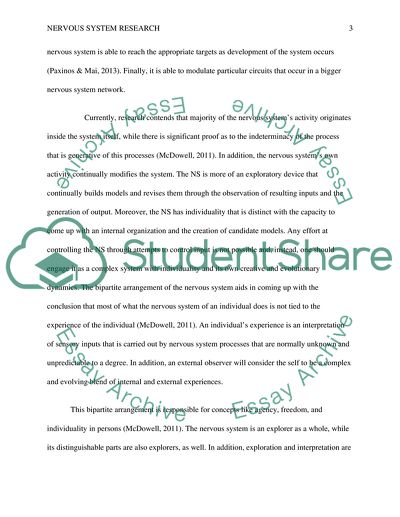Cite this document
(“Nervous System Research Essay Example | Topics and Well Written Essays - 1000 words”, n.d.)
Retrieved from https://studentshare.org/psychology/1626559-nervous-system-research
Retrieved from https://studentshare.org/psychology/1626559-nervous-system-research
(Nervous System Research Essay Example | Topics and Well Written Essays - 1000 Words)
https://studentshare.org/psychology/1626559-nervous-system-research.
https://studentshare.org/psychology/1626559-nervous-system-research.
“Nervous System Research Essay Example | Topics and Well Written Essays - 1000 Words”, n.d. https://studentshare.org/psychology/1626559-nervous-system-research.


